Sony Alpha DSLR-A300
-
-
Written by Gordon Laing
Sony Alpha DSLR-A300 vs A350 vs Canon EOS 450D / XSi
Sony Alpha DSLR-A300: JPEG versus RAW
We photographed the scene here in Large Fine JPEG + RAW mode and have presented crops below from each file for comparison. The RAW file was converted using Sony’s supplied Image Data Converter SR 2.0 using the default settings, then sent to Photoshop in 16 bits. This was then reduced to 8 bits and processed the same way as the original JPEG for presentation here.
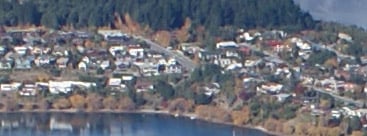 The RAW file processed using the default settings (and with DRO set to Off) appears virtually identical to the JPEG, although is a fraction sharper. Of course the benefit of shooting in RAW is having greater latitude to make adjustments, and Sony’s supplied software gives you plenty of options including the ability to apply the D-Range optimiser with numerous settings, adjust the noise reduction and fine-tune sharpening. If you’re willing to tweak, it’s possible to achieve what most would consider to be superior results. Now let’s look at the A300’s studio-based resolution. |
Sony Alpha DSLR-A300 JPEG with Sony DT 18-70mm at 24 mm |
Sony Alpha DSLR-A300 RAW with Sony DT 18-70mm at 24 mm | |
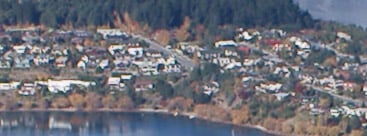 | ||
f8, 100 ISO |
f8, 100 ISO |
Sony Alpha DSLR-A300 results continued…
outdoor scene
Note: Sony has asked us to describe our A300 sample as a pre-production model, although supplied in retail packaging and running Firmware version 1.0, we’re confident the output is close or even identical to what you’ll get with final production units. We will update this page with samples from a retail A300 when one becomes available. The A350 and Canon 450D samples below are from final production models.
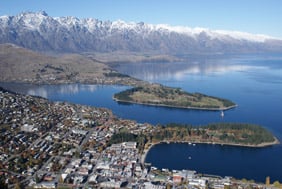 |
To compare real-life performance we shot the same scene with the Sony Alpha DSLR A300, A350 and the Canon EOS 450D / XSi within a few moments of each other using their best quality JPEG and lowest ISO settings. Both Sony’s were tested using the same DT 18-70mm kit lens, and the Canon 450D tested with the EF-S 18-55mm IS kit lens. All lenses were set to f8 in Aperture Priority mode and adjusted to deliver the same field of view. The image left was taken with the Sony Alpha DSLR A300 at 24mm f8 and with a sensitivity of 100 ISO; the original JPEG measured 4.5MB. The crops are taken from the upper left, centre, lower right and lower left portions of the originals and presented here at 100%. The A300’s DRO was set to the default Standard. |
From left to right below you’ll see real-life examples taken with 10.2, 14.2 and 12.2 Megapixel DSLRs; we’ve placed the A350 crops alongside those from the A300 for easier direct comparison. So how much extra detail do you really get over the A300 by jumping up two or four Megapixels?
From the results here, the answer is not a lot. The 12.2 and 14.2 Megapixel samples obviously show a slightly smaller area due to their higher pixel count, but is there actually any greater real life detail recorded? We’d say it’s subtle at best.
In fact what you see below more than anything else is the effect of their respective kit lenses. Optically, the Sony DT 18-70mm kit lens we used to test both Alphas is much softer than our copy of the Canon kit lens in the top left corner as evidenced by the mountain ridge crops. As you look to the lower right corner though, as seen in the third row of crops, the Sony lens arguably has a very slight edge.
What’s particularly apparent though is the A350 samples just appear to be magnifying optical artefacts over the A300, rather than delivering any greater real-life detail. This is definitely a limitation of the kit lens, or at least our copy of it. As we said in our A350 review, its 14.2 Megapixel sensor is clearly now out-resolving the kit lens and to see any benefit of those pixels, you’ll simply need to fit it with a better lens, such as the Sony DT 16-80mm. If you use the A350 with the DT 18-70mm kit lens, you may record images with more pixels in them, but you won’t be getting much, if any, greater real-life detail than you would with the same lens on the A300 or A200.
Scroll down for a JPEG and RAW comparison from the Alpha A300, or head on over to our A300 studio resolution results page.
Sony Alpha DSLR-A300 with Sony DT 18-70mm |
Sony Alpha DSLR-A350 with Sony DT 18-70mm |
Canon EOS 450D / XSi with Canon EF-S 18-55mm IS | ||
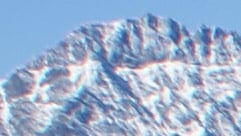 |
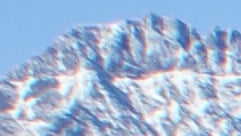 |
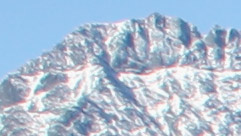 | ||
f8, 100 ISO |
f8, 100 ISO |
f8, 100 ISO | ||
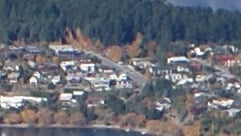 |
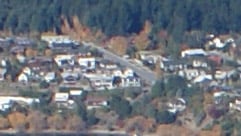 |
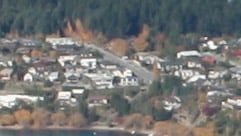 | ||
f8, 100 ISO |
f8, 100 ISO |
f8, 100 ISO | ||
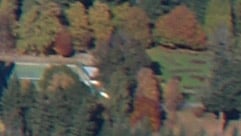 |
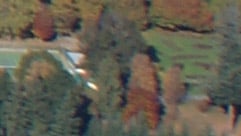 |
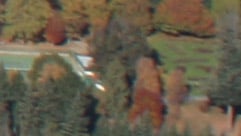 | ||
f8, 100 ISO |
f8, 100 ISO |
f8, 100 ISO | ||
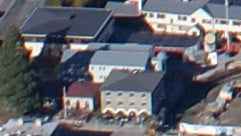 |
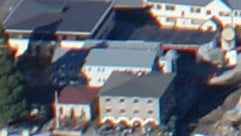 |
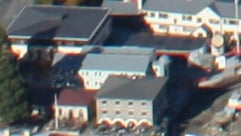 | ||
f8, 100 ISO |
f8, 100 ISO |
f8, 100 ISO |




